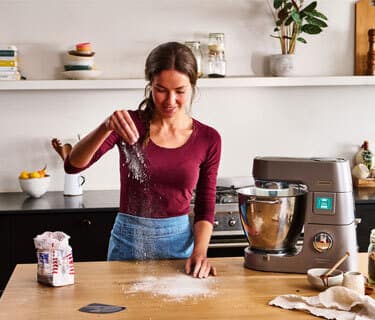Skip to Content








SOLDES D'HIVER
Commencez la nouvelle année avec jusqu'à 25% de réduction
Découvrez de superbes offres d'hiver
SOLDES D'HIVER
Commencez la nouvelle année avec jusqu'à 25% de réduction
Découvrez de superbes offres d'hiver
Robots de cuisine
Avec un robot de cuisine Kenwood, même les tâches les plus difficiles deviennent un jeu d'enfant.
Robots de cuisine
Avec un robot de cuisine Kenwood, même les tâches les plus difficiles deviennent un jeu d'enfant.
Autres catégories
Loading...
COLLECTION KENWOOD GO
Conçu de manière compacte pour que tu puisses réaliser tes idées en grand.
COLLECTION KENWOOD GO
Conçu de manière compacte pour que tu puisses réaliser tes idées en grand.
Collection Kenwood Go
5 étoiles sur 5 pour Kenwood Go !
Collection Kenwood Go
5 étoiles sur 5 pour Kenwood Go !
Dans un sondage* récent, des testeurs/trices de Suisse ont attribué la meilleure note à notre nouvelle collection ! Facile à utiliser, design compact, nettoyage rapide - c'est Kenwood Go !
*25 testeurs réels en Suisse en octobre 2024, source : TheInsiderTM 20/11/2024
*25 testeurs réels en Suisse en octobre 2024, source : TheInsiderTM 20/11/2024
Options de livraison gratuites
Le délai d’expédition estimé est compris entre 3 et 4 jours ouvrables
Retour facile
Dans les 14 jours
Paiements
Paiements sécurisés
Options de livraison gratuites
Le délai d’expédition estimé est compris entre 3 et 4 jours ouvrables
Retour facile
Dans les 14 jours
Paiements
Paiements sécurisés
Soyez inspiré, & restez à jour!
avec nos actualités et offres directement dans votre boîte de réception.